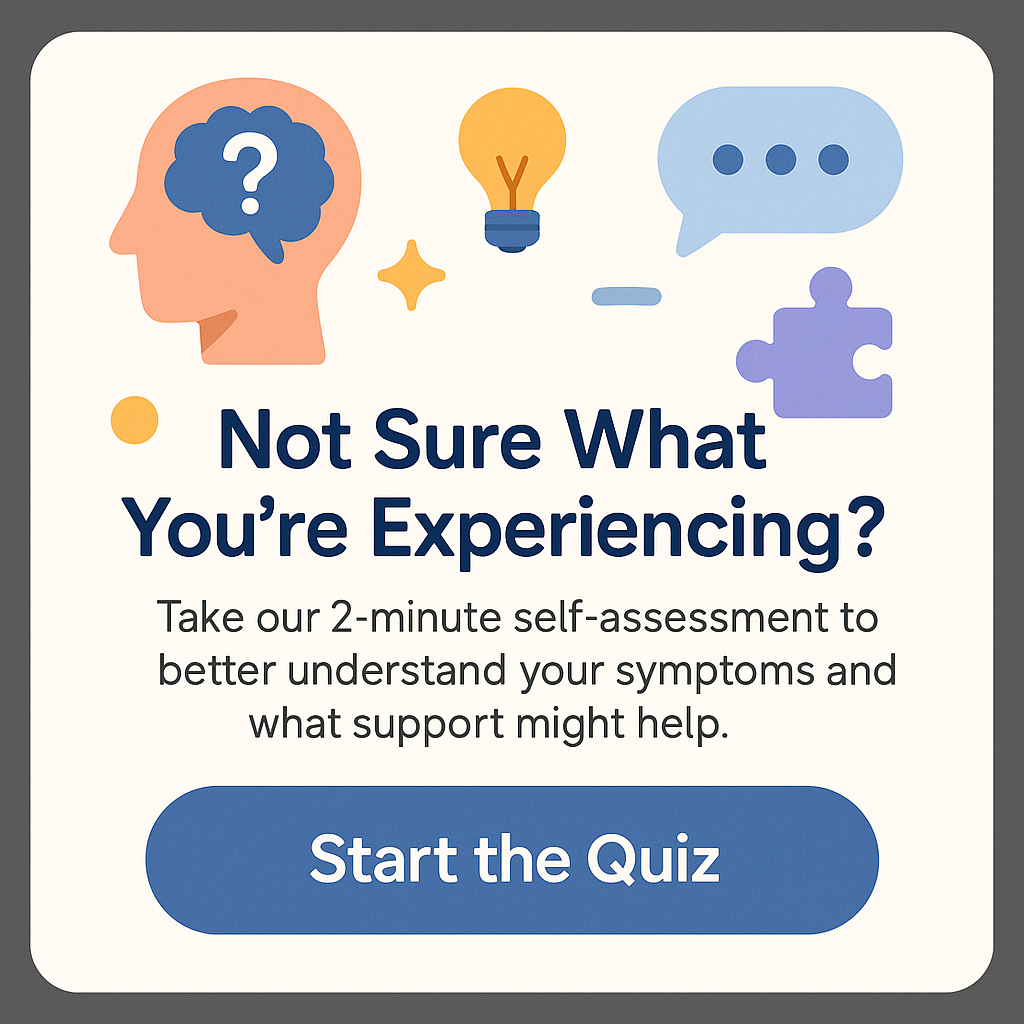What Are The 5 Steps To Understanding ABA?
Explore the 5 steps to understanding ABA. Discover key insights and practical tips to master Applied Behavior Analysis today!
Applied Behavior Analysis (ABA) has become a buzzword, especially in the fields of education and therapy for individuals with autism. The reason? ABA provides a structured way to understand behavior, which can lead to more effective teaching methods and better interaction with individuals on the autism spectrum. But for those unfamiliar with the field, it can be confusing to navigate. You might find yourself asking: What are the 5 steps to understanding ABA? This article will break it down for you, offering you a clear path to understanding this valuable methodology. Whether you are a parent, an educator, or just curious, this guide will take you through the essential components of ABA, enabling you to make informed decisions.
Understanding the Basics of ABA
Before diving into the five steps to understanding ABA, it’s crucial to grasp the fundamentals. ABA is a science based on the principles of behavior and learning. Its goal is to improve social, communication, and learning skills through reinforcement strategies. To put it simply, ABA works by identifying and modifying behaviors using empirical methods. Applied Behavior Analysis can be used in various settings, from schools to homes, to teach important life skills. To effectively grasp ABA, consider the three core principles: reinforcement, behavior modification, and data collection. Each of these plays a crucial role in the application of ABA.
1. Reinforcement: This is one of the key components of ABA. When a desirable behavior occurs, reinforced by positive feedback or rewards, the likelihood of that behavior being repeated increases. For example, if a child completes their homework and receives praise, they are likely to repeat this behavior. Conversely, negative reinforcement removes unpleasant stimuli, which can also encourage a behavior. Understanding how to effectively utilize rewards can significantly impact the success of ABA interventions.
2. Behavior Modification: This process involves identifying a behavior you want to change and employing strategies to achieve that change. Think of behavior modification as a roadmap – you decide where you want to go (the desired behavior) and figure out how to get there (the strategy). Techniques include modeling, prompting, and fading, among others.
3. Data Collection: ABA is heavily data-driven. This means that every intervention should have measurable outcomes. Collecting and analyzing data allows practitioners to track progress, assess the effectiveness of strategies, and make informed decisions. Without solid data, it can be challenging to know if you’re on the right path.
Now, let’s explore what are the 5 steps to understanding ABA in more detail.
Step 1: Identification of Behavior
The first step in understanding ABA is identifying the specific behavior you want to address. In any situation, whether you’re working with children or adults, it’s important to narrow down what you’re looking to change. For instance, if you’re trying to help a child with autism who struggles with social interactions, your target behavior might be initiating conversations. This step is crucial because it lays the foundation for all subsequent steps in ABA. Identifying the exact behavior allows for a clear focus and minimizes confusion.
Furthermore, you may want to take a moment to consider the context in which the behavior occurs. Is it happening at specific times or in particular situations? Are there triggers that lead to this behavior? By understanding the setting, you can create a more effective intervention. Use descriptive language to record what you observe. For example, instead of saying, “The child is disruptive,” you could specify, “The child yells loudly during group activities.” The latter provides clarity and helps in developing more tailored strategies.
Creating a baseline is also essential. This is a measure of how often the identified behavior occurs before any intervention is implemented. It acts as your starting point, which you’ll revisit later to determine progress. For example, observe how often a child initiates conversations during group activities over a week, recording the frequency and context of each occurrence. This data collection isn’t just busy work. It serves a crucial purpose: it helps in assessing the effectiveness of your ABA strategies.
Step 2: Develop Goals
<pOnce you've identified the behavior to target, the next step is to set clear and achievable goals. Goals in ABA should be SMART – Specific, Measurable, Achievable, Relevant, and Time-bound. This framework provides a roadmap for your intervention strategy and allows you to evaluate progress effectively.
<pSpecificity is key in defining what success looks like. Instead of stating, "The child will communicate better," a more specific goal might be, "The child will initiate a conversation at least three times during a 45-minute group session." This clarity helps everyone involved in the therapy, including parents, educators, and the child, to understand what success looks like.
<pMeasurable goals facilitate tracking progress. Utilizing the same example, tracking how many conversations the child initiates during sessions allows for an objective assessment. Document these instances and evaluate whether the child is meeting the stated goal within a designated timeframe.
<pAchievability is also crucial. It’s important to ensure that the goals you set are realistic. For example, expecting a child to engage in conversations with ten peers daily from the outset might be too ambitious. Instead, initial goals could focus on interactions with just one or two peers, gradually building up as confidence grows.
<pRelevance ensures that your goals are meaningful. Is the goal aligned with the individual's needs? For instance, if the child struggles with initiating conversations, your goal of increasing social interaction is relevant. Lastly, ensure a timeframe to provide a sense of urgency and structure. Gradually introduce deadlines, such as achieving the goal by the end of the month, which helps maintain motivation.
Step 3: Plan Interventions
<pWith behavior identified and goals established, it's time to develop an intervention plan. This is where the magic of ABA truly happens! The intervention is like a playbook that outlines the steps you will take to help the individual achieve the goals you've set. Think of it as a recipe; you need the right ingredients to create a successful dish. And like a recipe, you may have to tweak it along the way to get it just right.
<pYour interventions can include various strategies such as reinforcement, modeling, prompting, and fading, each serving a unique purpose. Reinforcement is about rewards; remember to celebrate each small victory. For example, when a child successfully initiates a conversation, they could earn a sticker or some extra playtime. Modeling involves demonstrating the desired behavior. For instance, showing the child how to start a conversation with peers can provide a visual representation of what you expect. Prompting comes in many forms, from verbal cues to physical prompts, which guide the behavior you wish to see. Lastly, fading means gradually reducing these supports. Over time, the goal is for the individual to perform the behavior independently.
<pMoreover, it's important to involve the individual in the planning process where possible. When children participate in developing their goals, they often feel more invested, which can lead to better outcomes. Ask them what they want to achieve and discuss how they would like to celebrate their successes. This can boost motivation and promote a collaborative atmosphere.
Step 4: Implement and Monitor the Plan
<pOnce your interventions are planned, it’s time for action! Implementing the plan and monitoring progress is both exciting and critical to the success of ABA. Just like a coach monitors athletes during practice, you need to keep an eye on how well the interventions are working.
<pDuring implementation, it’s essential to maintain consistency. Everyone involved in supporting the individual should follow the same procedures and strategies to avoid confusion. If one person praises for a behavior while another ignores it, the messages can become muddled. Clear communication among everyone involved supports the overall goals.
<pMonitoring progress involves data collection. As you've already gathered baseline data, it's now time to compare it against your ongoing data. Assess the child’s success in meeting the goals, and if you notice improvements, celebrate those wins! However, if the child is not progressing, don’t be discouraged. Reflect on what might be causing the roadblocks. Is it a lack of clarity in the goal? Is the intervention not engaging enough? These are questions that require honest assessments.
<pAdditionally, being flexible is key. Be prepared to adjust your strategy based on the data you collect. Sometimes, despite your best efforts, an intervention may not work as planned. It’s perfectly fine to pivot your approach in response to new insights. Reflecting and adjusting ensures that the interventions stay relevant and aligned with the individual’s needs.
Step 5: Evaluate and Adjust
<pThe final step in understanding ABA is to evaluate the success of your interventions and adjust them as necessary. Evaluation isn’t just a one-off exercise; it should be an ongoing process. Reflect on whether the individual is meeting the established goals. Review the data collected throughout the intervention. Are they progressing? If not, investigate what may be causing the hiccups.
<pBuilding on the evaluations, make necessary adjustments in the intervention plan. For instance, if a child is consistently achieving their goal of initiating conversations but remains anxious, you might want to add a relaxation technique to help them feel more comfortable. Adaptability is the name of the game!
<pMoreover, involve the individual in this evaluation process whenever possible. Discuss what worked for them and what didn’t. Doing so increases their ownership over their progress and allows for a more tailored approach moving forward. Additionally, use these evaluations as learning opportunities; both successes and setbacks provide valuable insights for future interventions.
<pUnderstanding what are the 5 steps to understanding ABA can empower parents, educators, and therapists alike. By taking the time to learn these steps, we can promote better outcomes for individuals requiring support, particularly those on the autism spectrum. As you explore and apply these strategies, change becomes not only possible but truly achievable.
Conclusion
<pDiving into the world of Applied Behavior Analysis doesn’t have to be intimidating. By dissecting the question of what are the 5 steps to understanding ABA, we’ve outlined a practical framework to guide your understanding. From identifying specific behaviors to evaluating and adjusting your plans, having a structured approach can lead to great outcomes. Remember, each individual is unique, and embracing flexibility in your approach is important. As you take the time to master these strategies, you’re not just learning a new methodology; you’re opening up fresh channels of communication and interaction with people who need it most. Ultimately, by applying these steps, you can facilitate a lasting impact, building skills and confidence while reaffirming connections. So, what’s stopping you? Dive into ABA and discover how you can make a difference!
Frequently Asked Questions (FAQs)
1. What is Applied Behavior Analysis (ABA)?
ABA is a science that focuses on behavior, teaching skills through reinforcement strategies to improve social, communication, and learning abilities.
2. How long does it take to see progress with ABA?
The time it takes to see progress varies widely depending on the individual and the goals set. Consistent data collection can help measure improvements over time.
3. Can anyone use ABA techniques?
While ABA techniques can be utilized by anyone, professionals trained in ABA methods are best suited to develop and implement effective interventions.
4. Is ABA effective for all children?
ABA is widely recognized as an effective approach for many children, especially those on the autism spectrum, but its effectiveness can vary based on the individual’s needs and environment.
5. Where can I learn more about ABA?
You can learn more about ABA through resources such as the Association for Behavior Analysis International and various books and online courses tailored to this field.
How to do aba therapy at home?
What is Level 1 Autism? Understanding the Nuances and Support







